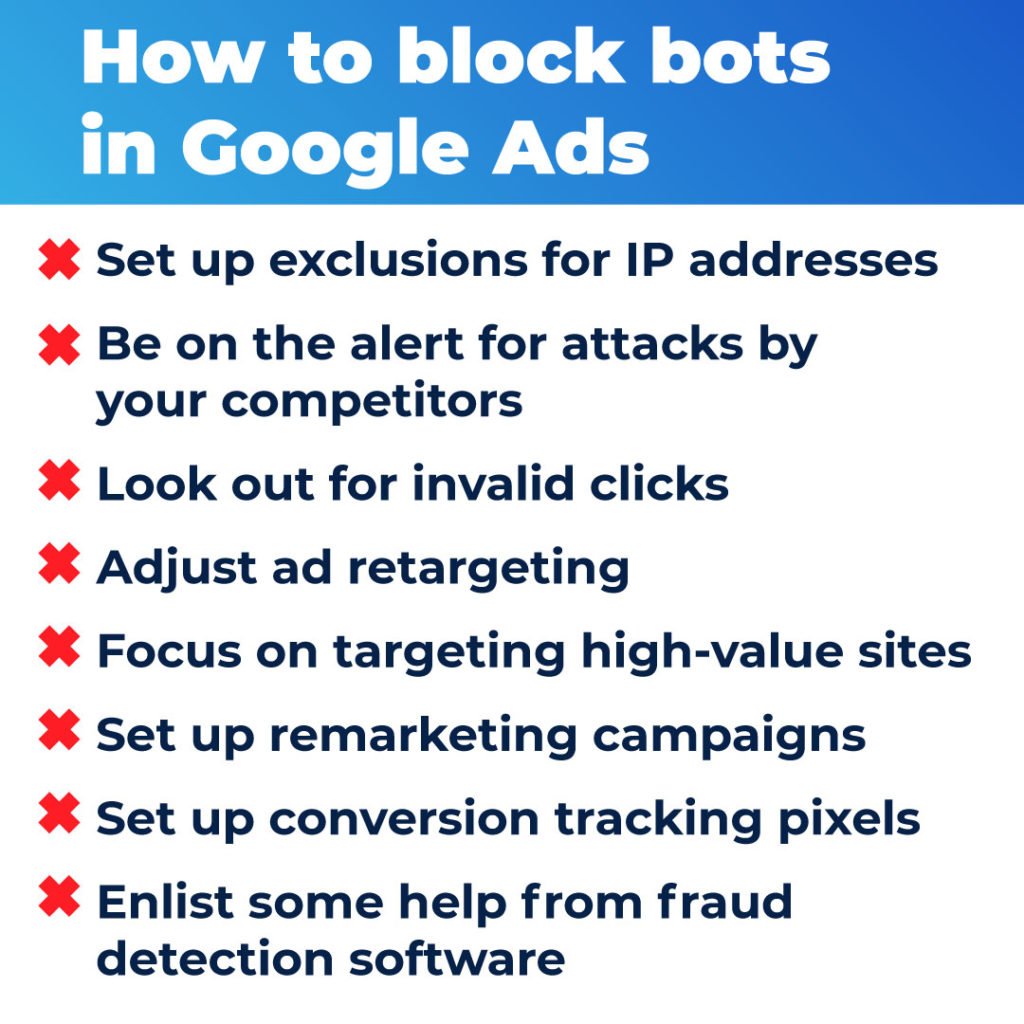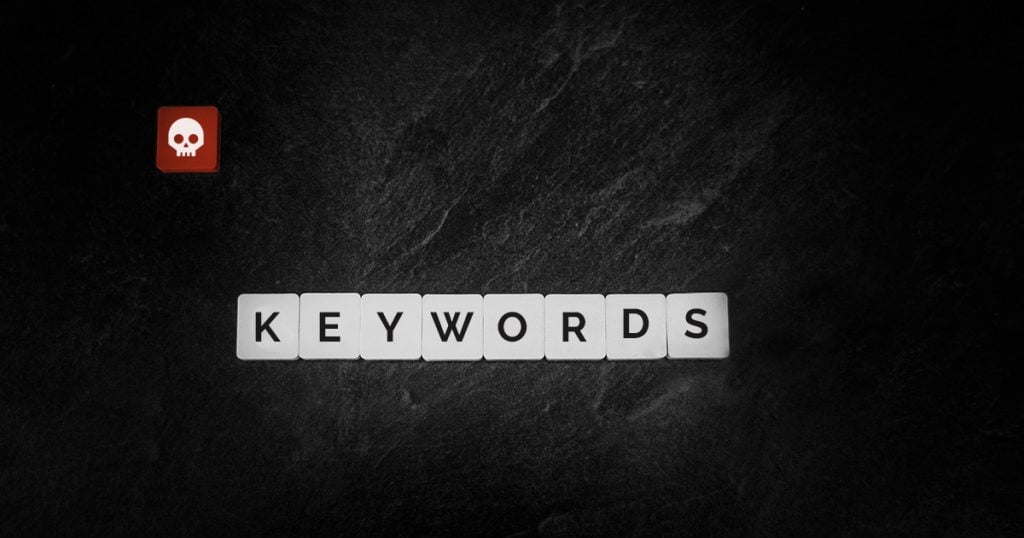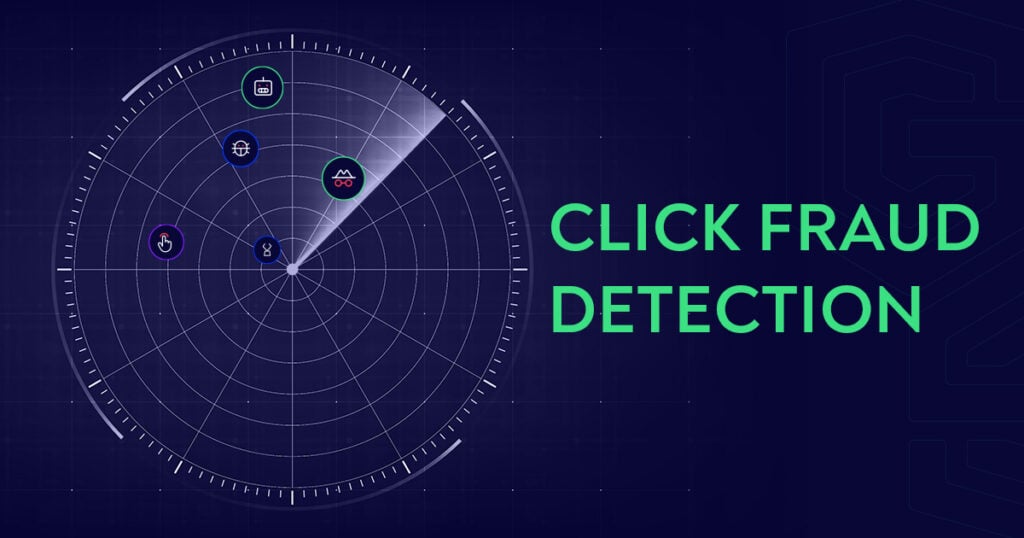If your site is optimized well, you’re surely getting lots of visitors. Whether you know it or not, thousands of them are probably not even human, but spam bots, and they’re crawling all over your web pages (ew! 😱). So how do you block bots that steal your traffic and put your company’s budget and security at risk?
Thanks to advances in technology, there’s been a rise in automated bots. Sometimes they’re doing good work, but bad bots can cause you a lot of trouble. Specifically, they can create havoc on your ad campaigns. Take heart, though. You can cause a little trouble of your own by learning about how to block bots to keep them from interfering with your ad campaigns.
We’ll go over how to define bad bots, the different types of bots, and how to block spam bots.
What Are Bad Bots?
So, what is a spambot or a bad bot? Bots are busy little buggers and they’re highly efficient at doing repetitive tasks. And yes, bad bots engage in nefarious and malicious activities. Fraudsters build and unleash bad bots, and they usually have an illegal purpose in mind.
How malicious can they be, you ask? Here’s a list of bad stuff they could be up to:
- Scraping
- Data mining for competitive purposes
- Brute force attacks
- Hijacking of accounts
- Stealing content
- Spamming your forms
- Logging into your accounts
Bad bots target certain areas of web pages, and they generally fall into 4 categories:
- Stealing credentials – aggregating accounts, creating accounts, cracking credentials, and stuffing credentials.
- Confiscating payment data – getting credit card numbers and cashing out funds.
- Discovering vulnerabilities – scanning for vulnerabilities, tracking footprints, and fingerprinting.
- Other crimes – this category encompasses things like bypassing CAPTCHA, denial of service, scalping, expediting, skewing, scraping, spamming, etc.
Why is it important to know what spam robots are up to? If you can recognize bad bot activity, you’ll be able to block spam bots and put the good bots to work more efficiently.
Are There Good Bots?
Sure, there are good bots, and they can help your business out significantly. Good bots do good work – the kind of work that brings you more business. Reputable companies build good bots and they’re committed to following the industry rules and standards that mandate the frequency that web bots crawl and index sites. Good bots will look for the robots.txt file, read it, and follow the rules as they should.
Before we move along, let’s take a look at some examples of good bots:
- Search engine bots – These bots crawl the internet to find content that enhances search engine results. Some of the more popular ones are Googlebot, the Baiduspider, Bingbot, and YandexBot.
- Social media network bots – As the name suggests, they crawl social media sites for websites to fight spam, create helpful recommendations, and keep the online environment safe. Pinterest Crawler and Facebook Crawler are two notable examples.
- Aggregator bots – Helpful bots that crawl the RSS or Atom feeds on websites. They link individual bots together to counter the effects of fragmentation of chatbots.
- Marketing bots – Content marketing software and SEO software use bots to crawl websites looking for backlinks, paid keywords, organic keywords, and the amount of traffic. SEMrush bot and AhrefsBot are popular marketing bots.
- Site monitoring bots –Such bots ping websites looking to see whether the site is down. The most common ones are Uptimebot, PRTG Network Monitor, and WordPress pingbacks.
- Voice engine bots –When user’s ask questions using voice assistant devices, voice engine bots crawl the web looking for answers. You’ll probably recognize names like Alex and Siri.
The good bots only become bad guys when they overload your traffic capacity or there’s such a huge volume of traffic that’s skewing your analytics.
What Are the Different Types of Bots in Search Engines?
Search engine bots are also known as crawler bots. They bring you relevant results every time you do an online search. They’re very helpful for businesses because they’re crawling all over the web every day, deciding when and where to pull up your site for searchers.
Good bots are a great thing when you need them to serve a specific purpose. Bear in mind, even good bots can eat up your bandwidth. A good rule of thumb is to use the right bot for the right job.
Who are the big players in search engine bots? Here’s a quick look at the most prominent ones.
- Web crawlers or spiders. The terms crawlers and spiders function just as they sound. They crawl around the web, stretching out their feelers in many directions, grabbing content as they go. They evaluate their results lightning-fast and put it all together to rank websites as people search for them.
- Web scraping crawlers. These good little bots operate much like crawlers and spiders, except they do a bit more. Not only do they pull in data from the internet, they add it to a database and siphon out the most relevant information, analyzing it bit by bit.
- Text-reading algorithms. You could think of text-reading algorithms as the nerds of the good bot bunch. They have highly sophisticated algorithms that break down content that corresponds to specific keywords and how often they appear within that content. They’re often hard at work filtering out spam content or offensive content in online news and social media platforms.
How to Block Bots
To get rid of those nasty little bad bots that are keeping you up at night, you have to be able to identify them (and then block them). The problem is they often look a lot like good bots. Nevertheless, they leave identifiable traces like an IP address, browser and header data, and other sticky fingerprints. A deep dive into your analytics will help you crack the case to uncover spam robots and their dirty work.
You don’t need to be Sherlock Holmes to block spam bots, you just need the right tactics.
How to Block Bots on your Website
Unfortunately, there’s no single surefire way to defend your website against spam robots. Hang in there, though, because we’re giving you 9 tips to help you block bots (like a pro 🕵️♂️):
- Block outlander user agents or CAPTCHA
- Block hosting providers and proxy services that you’re aware of
- Protect access points for bad bots
- Analyze your traffic sources
- Pinpoint and evaluate spikes in traffic
- Flag failed login attempts
- Stay in the loop with public data breaches
- Flag gift card numbers for failed validation
- Consider the benefits of working with a bot blocking vendor
Bot behavior is so sophisticated it often sneaks past all the traditional security measures. When blocking bots is more trouble than you have time for, it’s time to get the bot blocking experts involved.
How to Block Bots in Google Ads
Google Ads built a minor degree of click forensics into the platform and they won’t charge you for invalid clicks they discover. Be aware that they don’t look at every potential data point and they won’t catch everything.
Here are 8 proven strategies to catch what they miss and make sure you block bots:
- Set up exclusions for IP addresses
- Be on the alert for attacks by your competitors
- Look out for invalid clicks
- Adjust ad retargeting
- Focus on targeting high-value sites
- Set up remarketing campaigns
- Set up conversion tracking pixels
- Enlist some help from fraud detection software

Click fraud software can make the task of blocking robots effortless. Why not let ClickGUARD protect your ad campaigns from fraudulent activity so you can get back to the business of making money?
How to Block Bots on Facebook
Fraudsters are on to the best places for click fraud, and another area that’s rampant with spambots is Facebook ads. They will certainly get the best of your ads unless you monitor them like a hawk. Here’s what we recommend to keep Facebook spam robots at bay:
- Study, study, your ad activity and they study it some more
- Don’t outsource your Facebook ad campaigns
- Choose your audiences intentionally
- Use the block list
- Limit the use of mobile ads
- Turn off Audience Network
- Use remarketing campaigns
Install trackers to monitor visitor activity and actions to get a heads up about bad bots.
How to Block Spam Bots
What exactly is a spam bot? They typically fall into these categories:
- Comment spam
- Contact form spam
- Referral spam
- Ghost referral traffic spam
- Google Analytics spam
Blocking robots is easy as pie when you implement these 3 strategies:
- Blacklist individual IP addresses or entire IP ranges
- Set up CAPTCHA challenges to catch potential threats
- Use settings to limit or eliminate comments
The challenge is always to prevent bad bots to allow the good bots to do their good work in helping you grow your business and produce revenue. Of course, there are a few things you can do on your own to protect against spam bots. What you’re up against is the increasing sophistication of fraudsters.
Why not save yourself the trouble and opt for a high effective pre-built click fraud solution by ClickGUARD to continually get the best performance for your ad campaigns?



